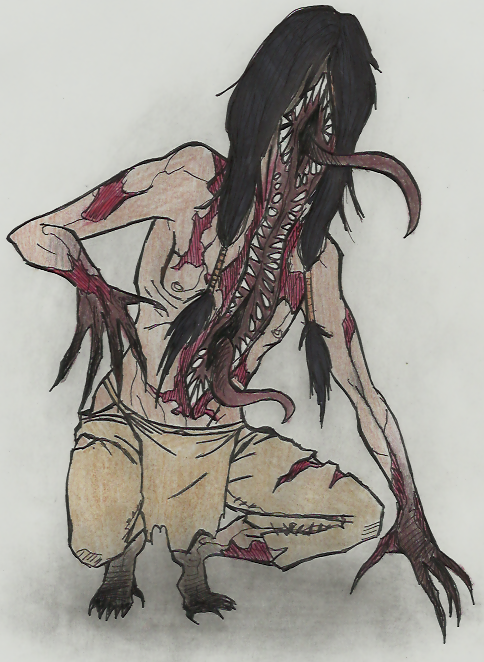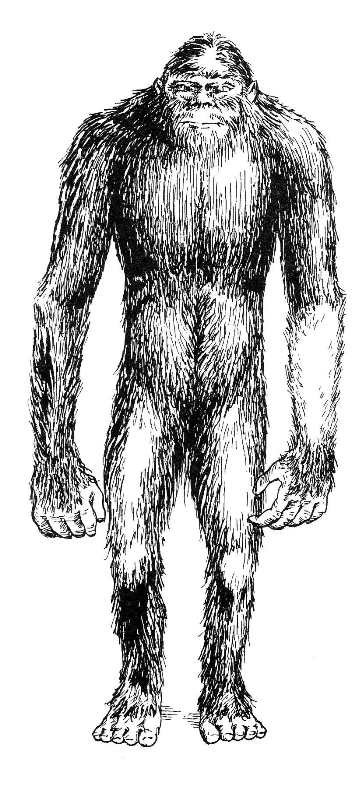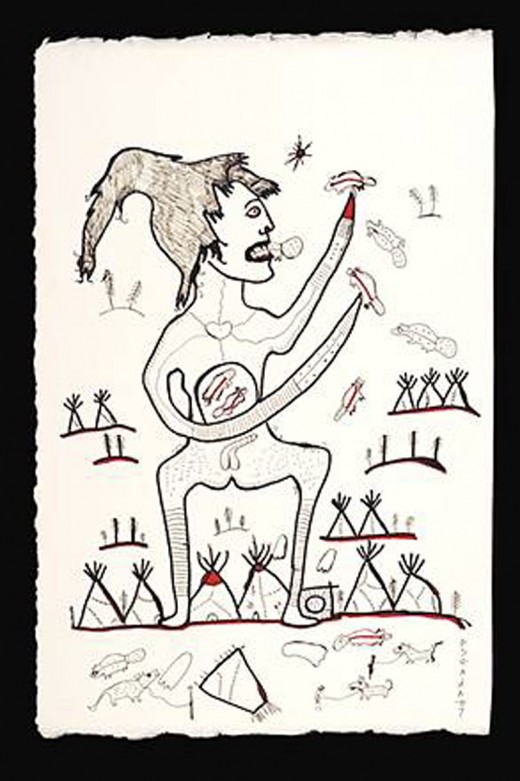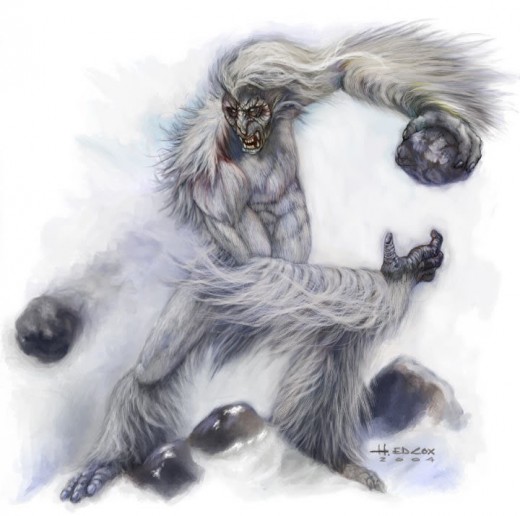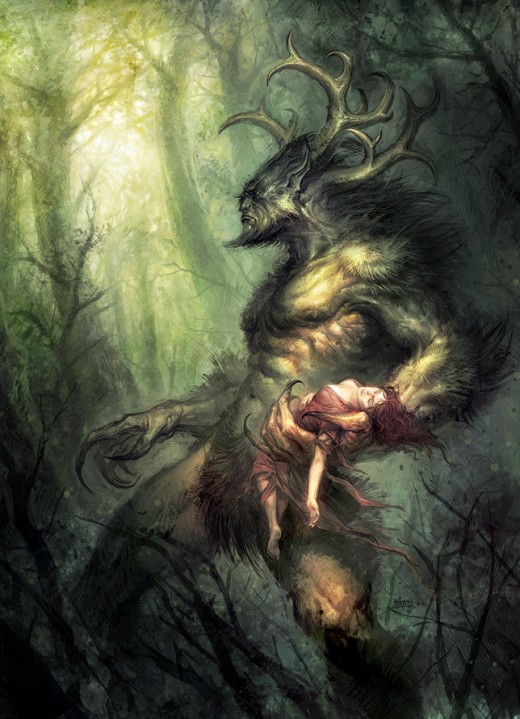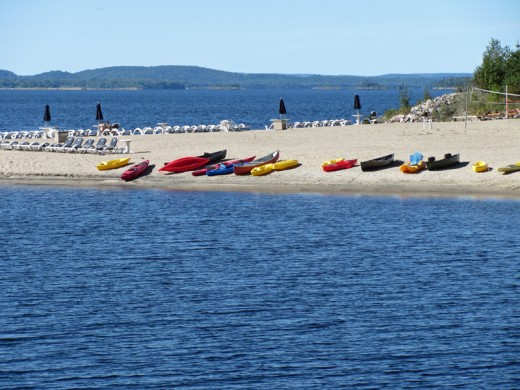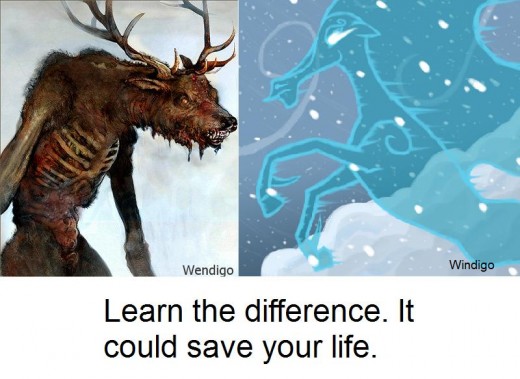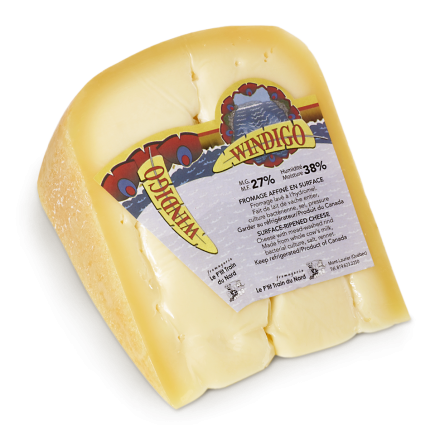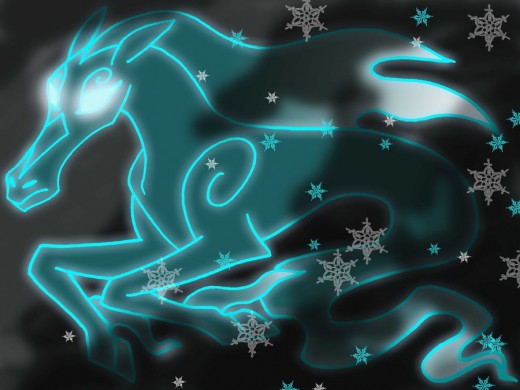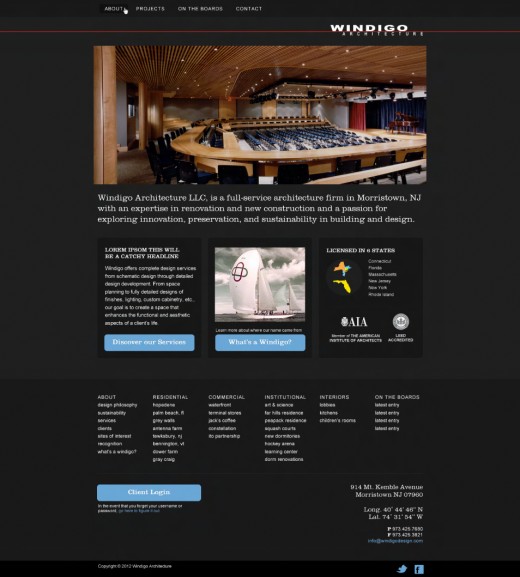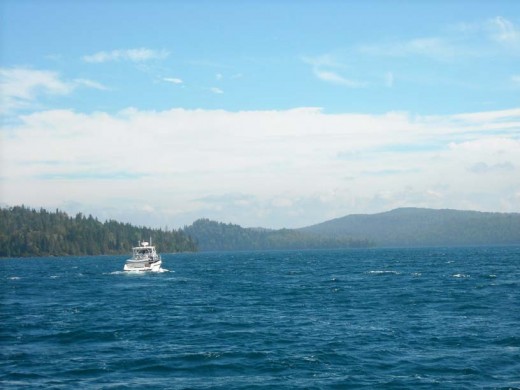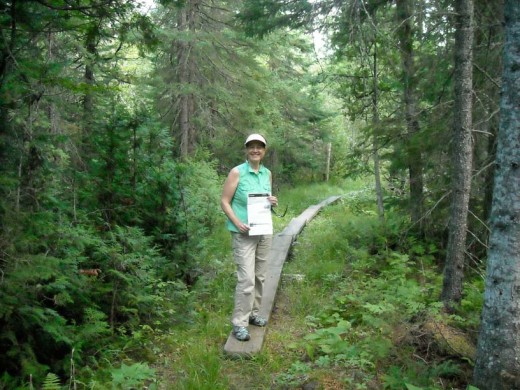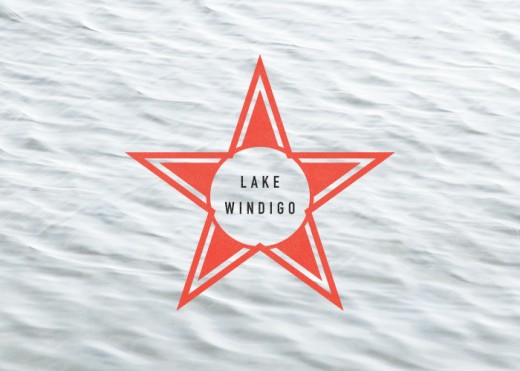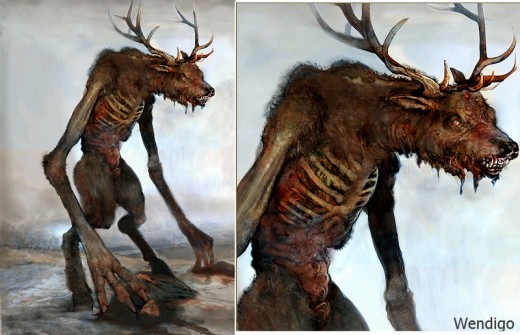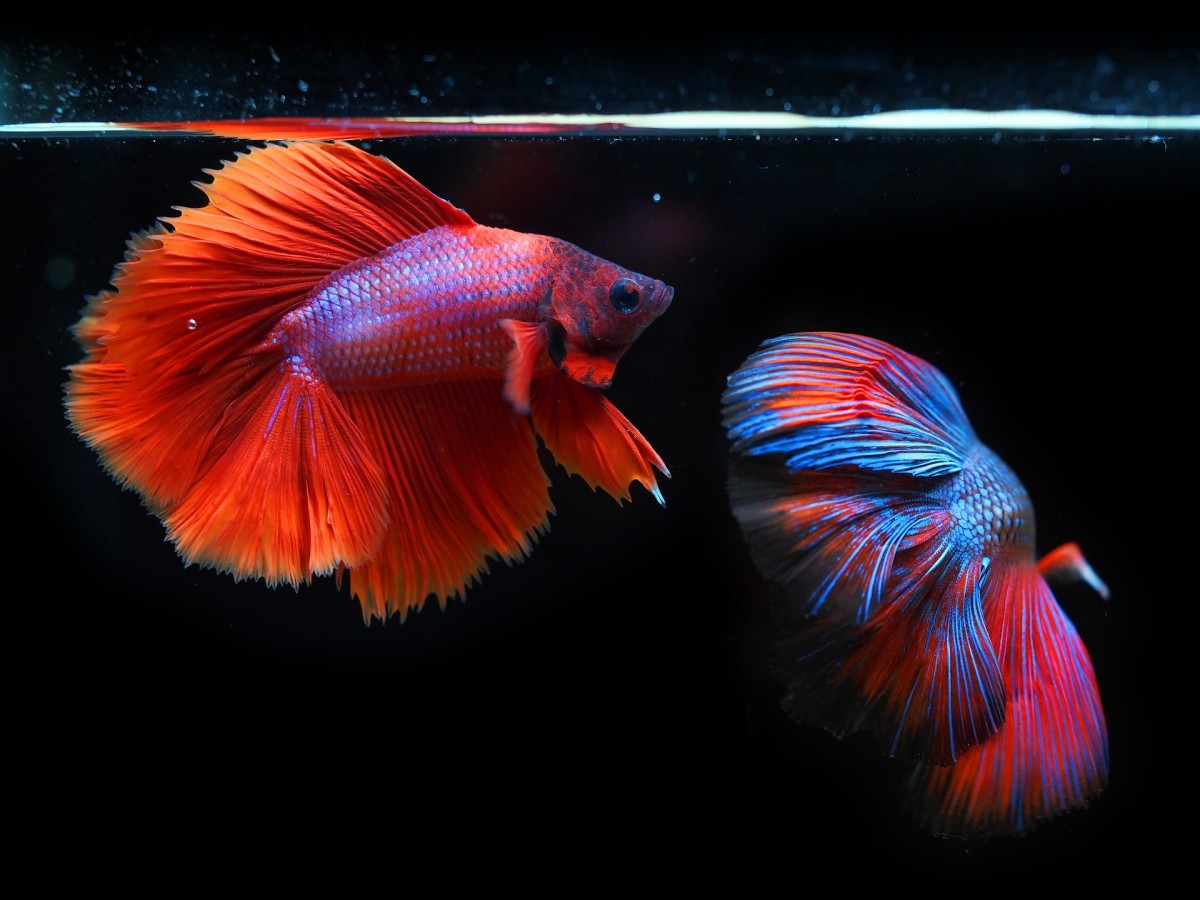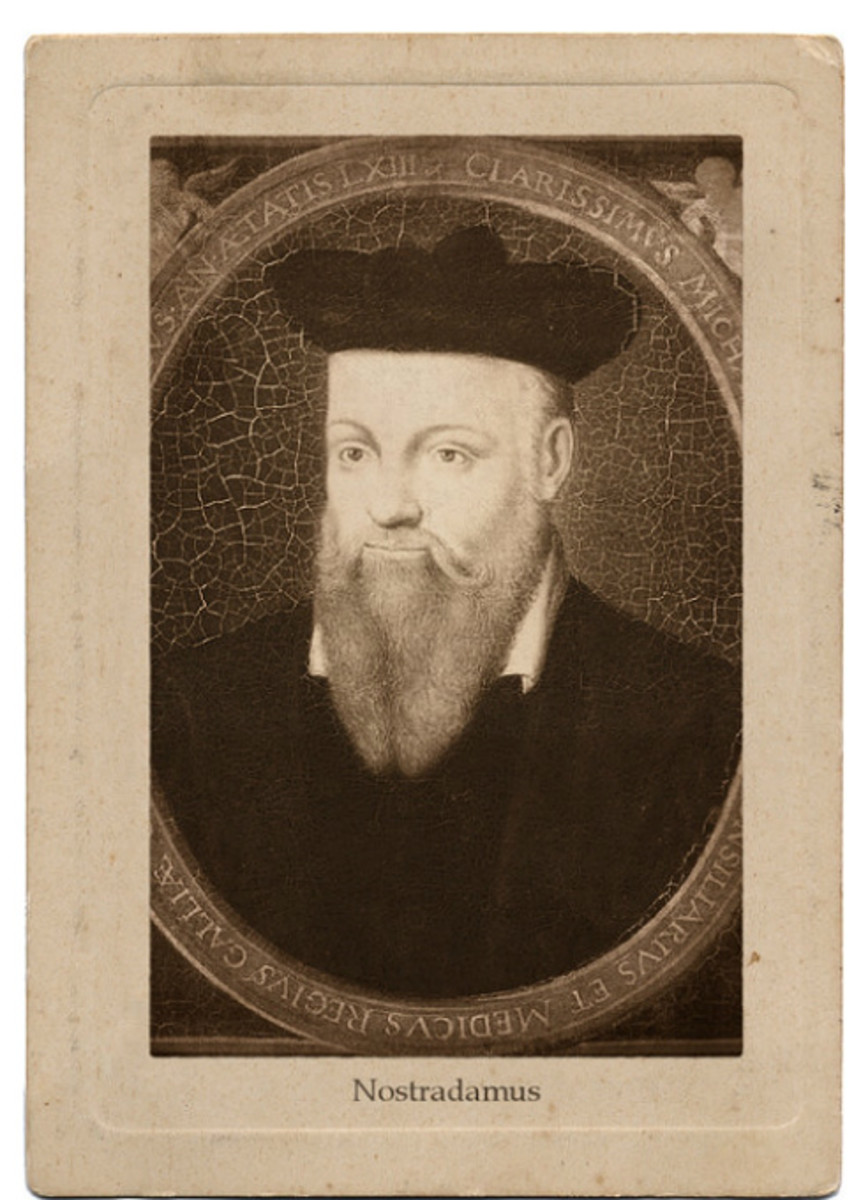Windigo/ Canadian Indian Cannibal Spirit

Our world is richer and deeper than we imagine. Mythological creatures are one of those things that, because they may just be real in some sense and not simply mythological. Every culture has a rich panorama of creatures coming from beyond the grave or generated by nature, monstrous extravagances which have often been exploited in literature and film to create mysterious stories.
There are however some imaginary creatures that may very well be the result of an alteration of reality, a reality too monstrous to be true and to be accepted by the common morality.
When something or someone breaks the rules of a quiet life, when taboos are broken sacred for a community that arises here is the monster. And this is what lies behind the Wendigo, a cannibalistic creature that inhabits the nightmares of the Algonquian Indians, natives of North America.
The Wendigo is a mythical creature with a tendency towards evil, with a marked tendency to cannibalism. It is not just a mythical creature: the Wendigo in fact has no precise physical characteristics, but that vary from tribe to tribe; Wendigo is made, not born. A human becomes a Wendigo if they dare to break the sacred taboo of cannibalism, anyone who has dined on human flesh in order to ensure its survival can become a Wendigo.
The Wendigo is in fact a being that is often associated with winter and frost, as well as hunger. If we make two and two together we can understand their origin.
Imagine being a Native American who lives in Canada, as the Algonquins. The winter North American can be terrible and merciless: a blanket of thick snow covers several tens of centimeters around, the trees seem to crystallize in the ice, and finding food is often very difficult undertaking. We can perhaps find some animal winter, but beyond that elusive few are those who do not retreat into hibernation for the winter.
In this situation it is easy to imagine how some people, trapped in ice for tens, perhaps hundreds of miles away from the primary source of food that was good, they are forced to find food becoming cannibals. The prospect of dying of cold and hunger, many of us would feel entitled to eat the bodies of fallen comrades, or even to kill in order to survive.
The Wendigo is most likely born from this need, the survival in the great cold. What then is transformed into a cannibalistic supernatural creatures is only a step to impose a taboo on a practice which is horrible and out of the normal order of events.
Among the Algonquins, for example, cannibalism also for the purpose of survival is considered one of the most sacred taboos, it is preferred resignation to death or suicide, which feed on human flesh.
The Wendigo is in fact known as "the spirit of the waste places", or "evil specter that devours human beings". Born from loneliness, need of feeding, at a time when the taboo is not worth anything, are just an obstacle to the survival of an individual. In the solitude of North America, in the cold Canadian winter, the Wendigo is born for the need of food, hunting alone in the forest in search of the next victim, now "addicted" to human flesh and waiting for the next meal.
The Wendigo is often characterized by a superhuman force, which derives from his own acts of cannibalism. It not only nourishes the body of its victims, but also assimilate the soul, vitality, helping to lengthen its life and to amplify his powers. More it eats, the more the Wendigo becomes large and powerful, the more his desire for human flesh grows, until no longer finding the limits.
Some cryptozoologists tend, indeed, want to identify the Wendigo with a sort of yeti or bigfoot in North America. According to the stories of the Inuit Indians, the Wendigo ("witigo", "witiko", "Wee-tee-goo") would be about 5 meters high essese, yellow fangs, and hairy, with bright eyes and yellow skin.
But if we remain in the realm of the provable, we realize that the exaggeration is often a way to make even more inviolable taboo. Demonizing cannibalism, so as to set a cannibal monster, supernatural dimension, creating a great deterrent to persons linked to superstition and mysticism as the Native Americans.
In all cultures where you see the Wendigo is said that the cannibal monster can be engendered by a common human being who has tasted human flesh. The Wendigo can also hold his victim through a dream, but the "transformation" occurs when the consumption of human flesh.
And Cree Indians believed so deeply in the transformation of the Wendigo to have even the hunters of monsters: the case of Jack Fiddler, a Cree Indian who at the time of his arrest claimed to have killed 14 Wendigo during his life. For 87 years with his son was accused of the murder of a Cree woman, his justification was that the woman was near total transformation in Wendigo, and that had to be stopped because of the number of murders that had already made in his tribe.
But not only speaks of shamanic culture and superstition when it quotes the Wendigo: the "Wendigo psychosis" is a phenomenon that brings a human being obsessed with human flesh, even when other food sources available. And it is very likely that psychosis, which took its name from the Indian show, which originated the myth of the Wendigo.
One of the most famous cases of Wendigo psychosis is to Swift Runner, a Cree Indian Plain, Alberta. During the winter of 1878, Swift Runner and his family were close to starvation, 40 km away from the nearest village. Driven by necessity, Swift Runner butchered and then decided to kill his wife and his 5 children, and since then his hunger for human flesh is not arrested until his death.
The Wendigo is a fascinating figure, but that has little to do with bigfoot or yeti in North America. A much more logical and entirely credible is the same human being and in his will to survive the adversities of nature, coming to commit extreme acts of its own species as eating just to stay alive.
Some Images of a Windigo
Click thumbnail to view full-size


















